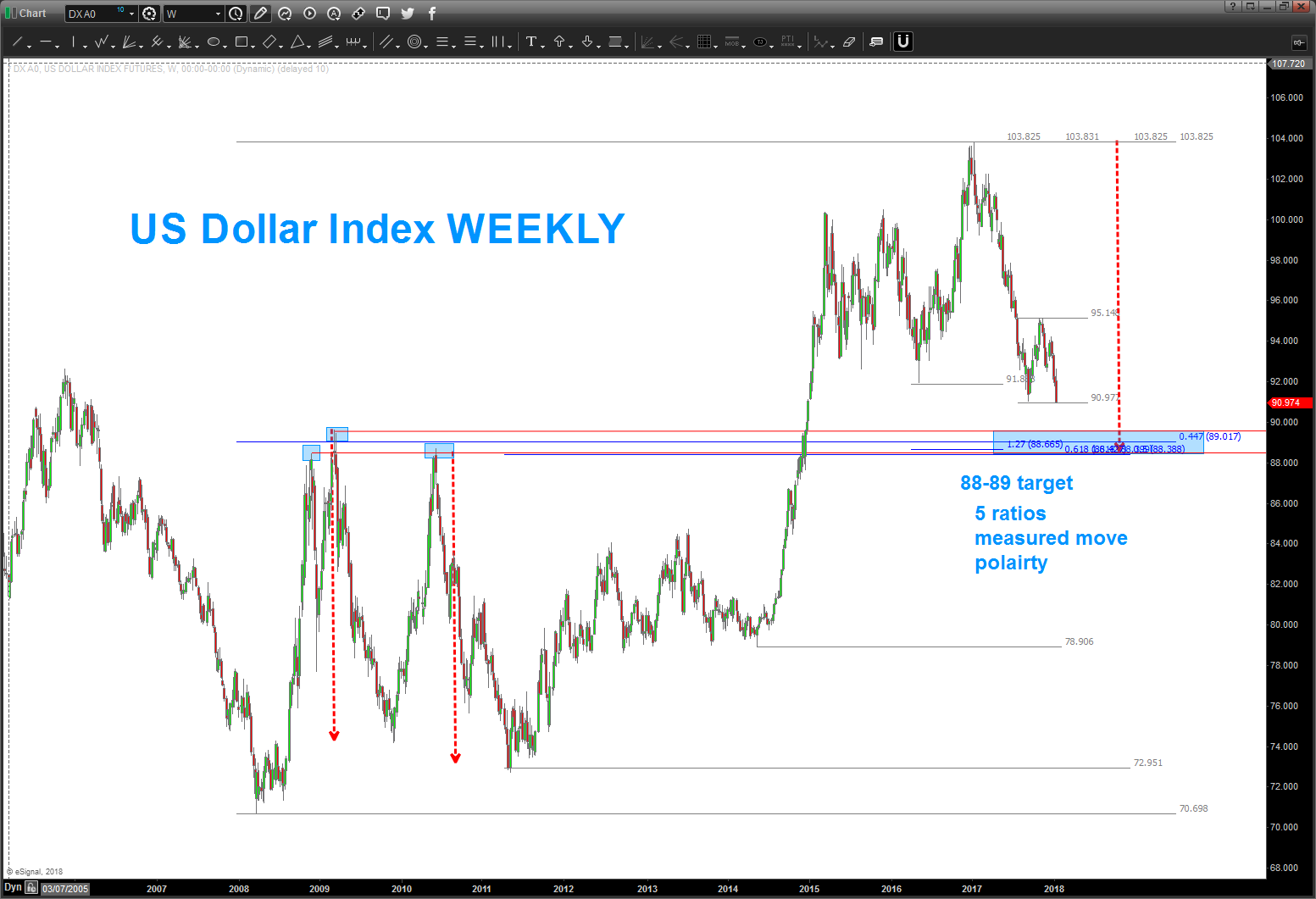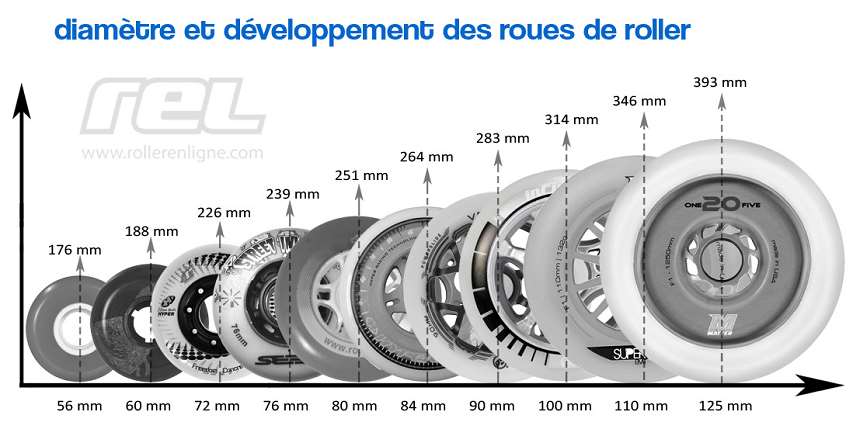Is HMRC Owed You Money? A Payslip Refund Check

Table of Contents
Understanding Your Payslip and Tax Codes
Understanding your payslip is crucial for identifying potential HMRC tax refunds. Your payslip details your earnings and deductions, including vital information like your tax code, gross pay, net pay, and the amount of tax deducted.
Your tax code determines how much income tax is deducted from your pay each month. A correct tax code ensures you pay the right amount of tax. However, errors in your tax code can lead to significant overpayments. Incorrect allocation, changes in circumstances not reflected, or errors in PAYE (Pay As You Earn) calculations are all common culprits.
Here are examples of common tax code errors that could lead to overpayment:
- Incorrect tax code allocation: Receiving an incorrect tax code from HMRC can result in too much tax being deducted throughout the year.
- Changes in circumstances not reflected on payslip: Life events like marriage, starting a pension, or changing jobs should trigger tax code adjustments. If these aren't updated promptly, you might overpay.
- Errors in PAYE calculations: While rare, errors in the calculation of your PAYE can lead to over-deductions.
Key elements to check on your payslip for potential overpayment:
- Tax Code: Verify its accuracy and relevance to your current circumstances.
- Tax Deducted: Compare this figure to your gross pay and expected tax liability. Significant discrepancies warrant further investigation.
- Gross Pay: Ensure this accurately reflects your earnings for the period.
- Net Pay: Compare this to your expected take-home pay based on your tax code and other deductions.
Common Reasons for HMRC Tax Refunds
Several scenarios can lead to overpayment of tax, resulting in a potential HMRC tax refund. Understanding these can significantly improve your chances of identifying a refund.
- Marriage Allowance: If you're married or in a civil partnership, you might be eligible for the marriage allowance, which can reduce your tax bill.
- Changes in Employment Status: Transitions between employment types (e.g., full-time to part-time, self-employment) can affect your tax liability.
- Pension Contributions: Contributions to a registered pension scheme reduce your taxable income. Ensure these are correctly reflected on your payslip.
- Tax Relief on Charitable Donations: Donations to registered charities may qualify for tax relief, lowering your overall tax burden.
- Working from Home Expenses (where applicable): If you worked from home during the tax year, you might be eligible for tax relief on allowable expenses.
Examples of situations where a refund is highly likely:
- You recently got married and haven't claimed marriage allowance.
- You started contributing to a pension but your tax code wasn't updated.
- You made significant charitable donations and haven't claimed Gift Aid.
- You've recently changed jobs and experienced an error with your tax code transfer.
How to Check Your Payslips for Potential Refunds
Systematically reviewing your payslips is key to discovering potential HMRC tax refunds. Here's a step-by-step guide:
- Gather your payslips: Collect all your payslips from the relevant tax year (typically April 6th to April 5th).
- Organize your payslips: Create a spreadsheet or use a dedicated payslip analysis tool (if available) to organize the data effectively.
- Analyze the data: Focus on the tax code, gross pay, net pay, and tax deducted for each payslip. Look for inconsistencies or unusually high tax deductions.
- Compare to your tax code: Check that your tax code is appropriate for your circumstances.
- Identify discrepancies: Note any discrepancies between your payslip data and your expected tax liability.
Tips for organizing and storing payslips efficiently:
- Use a spreadsheet to track your tax deductions over time.
- Keep all your payslips for at least 3 years.
- Use a dedicated app or software for secure payslip storage (if appropriate).
- Keep digital copies for easy access.
Claiming Your HMRC Tax Refund
Once you've identified a potential overpayment, claiming your HMRC tax refund is straightforward. You can usually do this through the HMRC online portal.
Necessary documents: You'll typically need:
- Payslips (covering the period of overpayment).
- P60 (end-of-year statement).
- Proof of any relevant circumstances (e.g., marriage certificate, pension contribution statements).
The processing time for refund applications varies but HMRC provides estimated timelines on their website.
[Insert link to the relevant HMRC website here]
Conclusion: Don't Leave Money on the Table – Check for Your HMRC Tax Refund Today!
Checking your payslips for potential overpayments is a simple yet powerful way to ensure you receive all the tax relief you're entitled to. By following the steps outlined above, you can identify potential HMRC tax refunds and reclaim your money. Don't miss out on potentially significant financial benefits! Claim your refund now! Visit the HMRC website to learn more and start your claim. [Insert link to the relevant HMRC website here]

Featured Posts
-
 How To Become A Billionaire Boy A Realistic Look At Wealth Building Strategies Not Recommended
May 20, 2025
How To Become A Billionaire Boy A Realistic Look At Wealth Building Strategies Not Recommended
May 20, 2025 -
 Dow Futures And Dollar Decline After Moodys Us Rating Cut
May 20, 2025
Dow Futures And Dollar Decline After Moodys Us Rating Cut
May 20, 2025 -
 David Walliams Fing Stans Greenlight And What It Means
May 20, 2025
David Walliams Fing Stans Greenlight And What It Means
May 20, 2025 -
 Epektasi Tis Oikogeneias Lorens Maroni I Tzenifer Lorens Gennise Ksana
May 20, 2025
Epektasi Tis Oikogeneias Lorens Maroni I Tzenifer Lorens Gennise Ksana
May 20, 2025 -
 Restrictions Des 2 Et 3 Roues Sur Le Boulevard Fhb Debut Le 15 Avril
May 20, 2025
Restrictions Des 2 Et 3 Roues Sur Le Boulevard Fhb Debut Le 15 Avril
May 20, 2025
